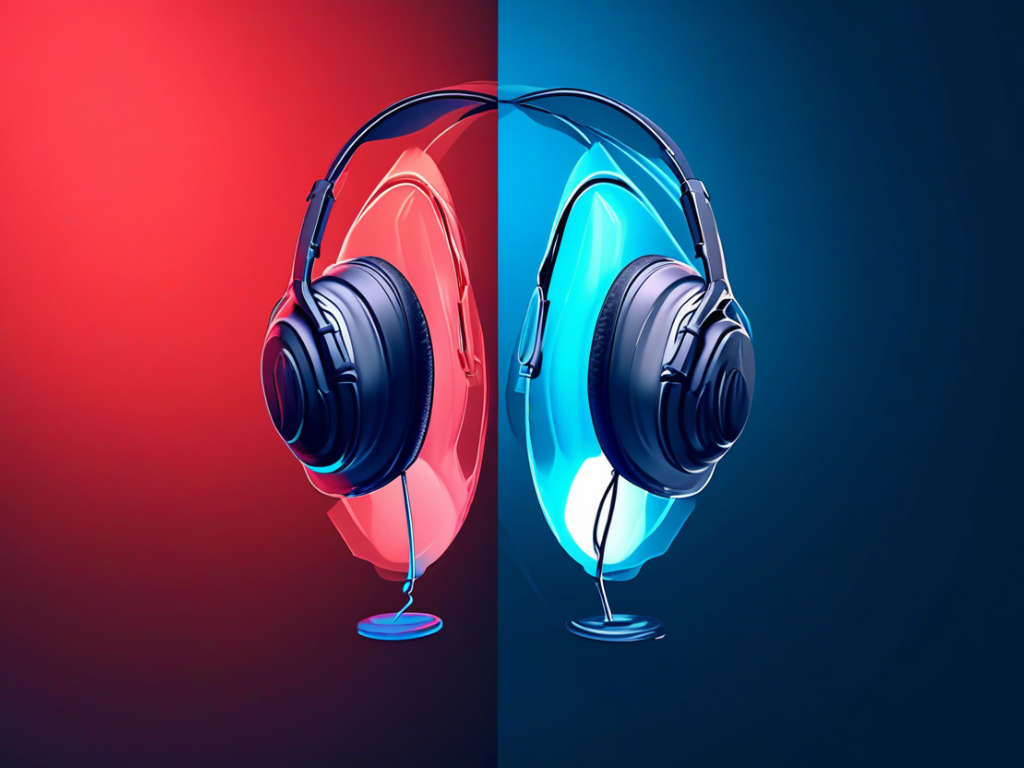In the realm of digital music, the choice between lossless and lossy audio formats plays a crucial role in determining the quality of your listening experience. Understanding the differences between these two formats is essential for audiophiles and casual music enthusiasts alike. To make an informed decision about which format is right for you, let’s delve into the world of lossless and lossy audio formats, exploring their characteristics, advantages, and potential trade-offs.
In this article you will find:
- What Are Lossless and Lossy Audio Formats?
- Quality vs. Compression: Finding the Balance
- Considerations for Your Music Player
- Final Thoughts: Personalize Your Listening Experience
What Are Lossless and Lossy Audio Formats?
Lossless Audio: Lossless audio formats such as FLAC (Free Lossless Audio Codec) and ALAC (Apple Lossless Audio Codec) preserve all the original audio data during compression. This means that when you play back a song in a lossless format, you are hearing an exact replica of the original recording, with no loss in audio quality.
Lossy Audio: On the other hand, lossy audio formats like MP3 and AAC employ compression techniques that remove some audio data to reduce file size. While this results in smaller file sizes that are convenient for streaming and storage, it also leads to a slight loss in audio quality compared to the original recording.
Quality vs. Compression: Finding the Balance
When it comes to choosing between lossless and lossy audio formats, the primary consideration is the balance between audio quality and file size. If you prioritize uncompromised sound fidelity and have ample storage space, opting for lossless formats is the way to go. Lossless formats are ideal for audiophiles, music producers, and anyone who values high-fidelity listening experiences.

However, if convenience and portability are important to you, lossy audio formats offer a practical solution. Streaming services, online platforms, and devices often use lossy formats to deliver music efficiently without sacrificing too much quality. For casual listeners, the difference in sound quality between lossless and high-bitrate lossy formats may be imperceptible.
Considerations for Your Music Player
When choosing an audio format for your music player, consider the device’s capabilities and your listening preferences. High-quality digital audio players with advanced DACs (Digital-to-Analog Converters) and audio processing capabilities can showcase the nuances of lossless formats, providing a premium listening experience.
On the other hand, if you primarily listen to music on-the-go using smartphones or portable players, opting for high-bitrate MP3 or AAC files can strike a good balance between audio quality and storage efficiency. Many modern music players support a variety of audio formats, allowing you to enjoy your music library in the format of your choice.
Final Thoughts: Personalize Your Listening Experience
Ultimately, the decision between lossless and lossy audio formats depends on your individual preferences, listening environment, and the importance you place on audio quality. Whether you prefer the pristine sound of lossless formats or the convenience of compressed files, the world of digital music offers a diverse range of options to personalize your listening experience.
By understanding the characteristics of lossless and lossy audio formats, you can make informed choices that enhance your enjoyment of music, regardless of your audio setup or listening habits. Embrace the freedom to explore different formats, experiment with audio settings, and immerse yourself in the rich tapestry of sounds that music has to offer.

